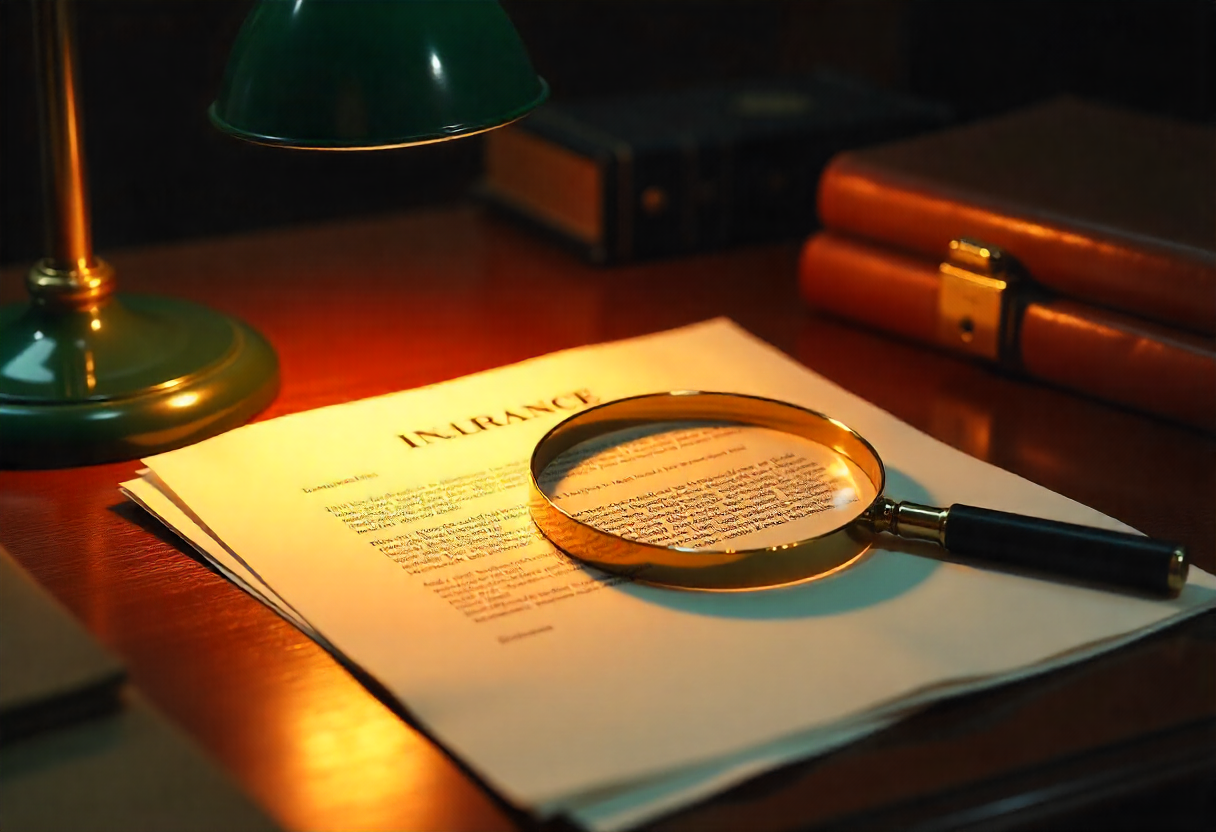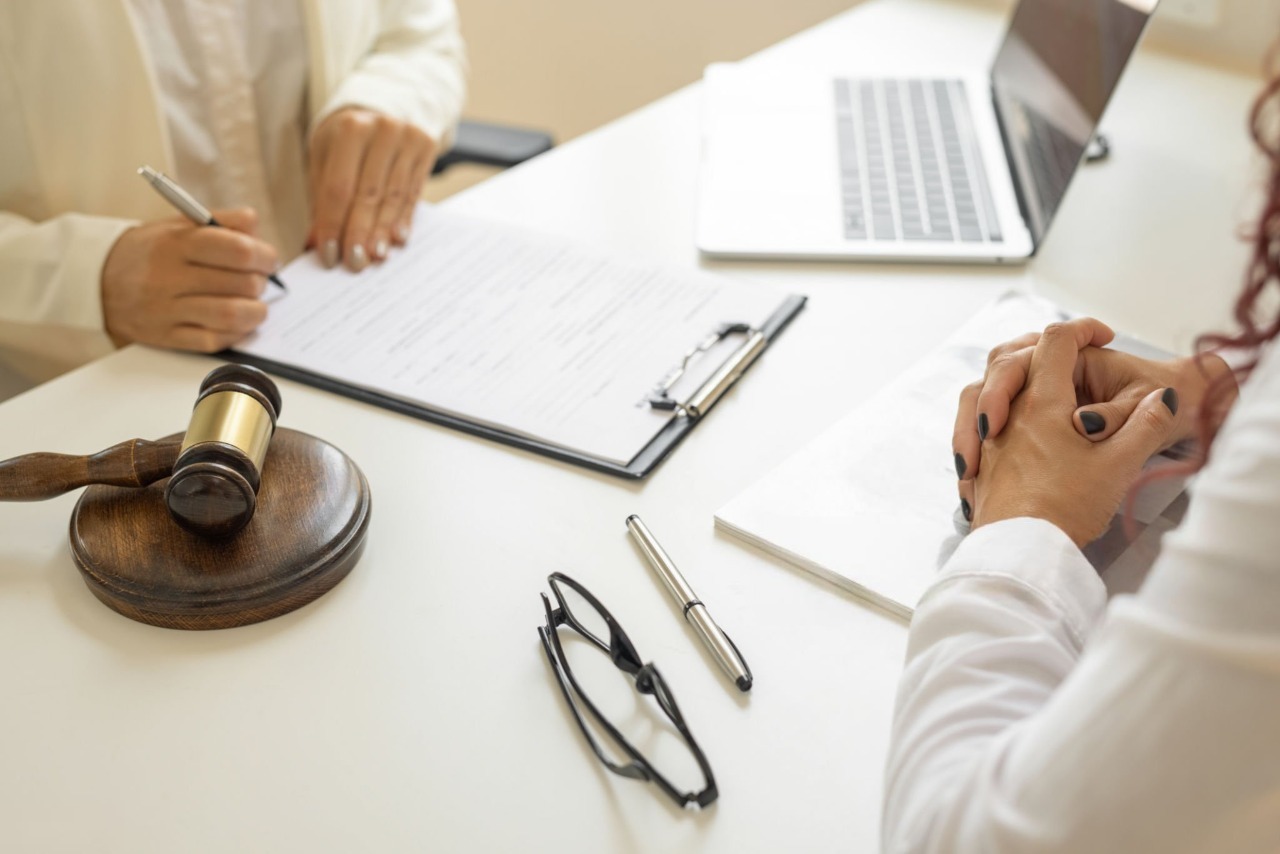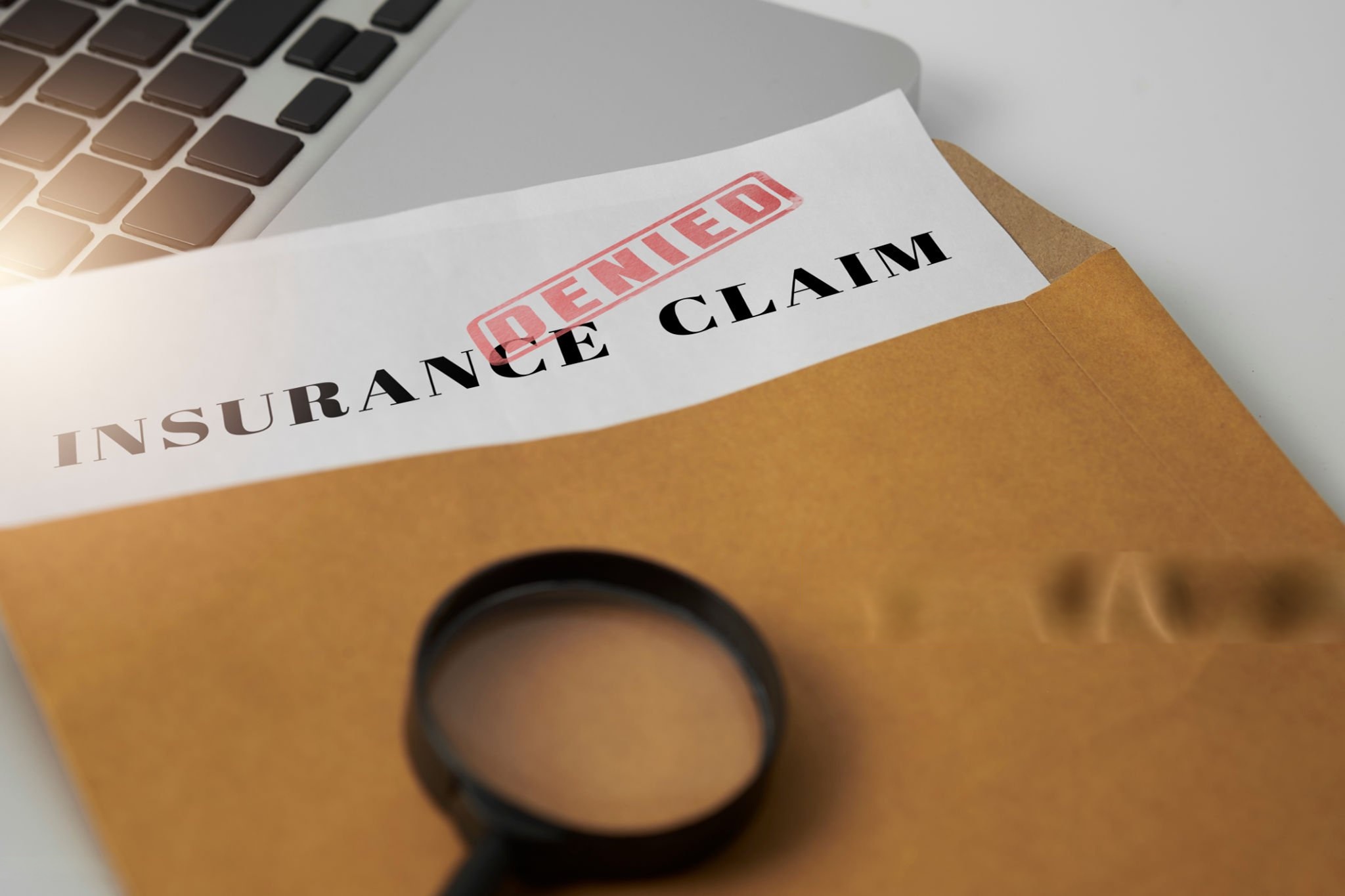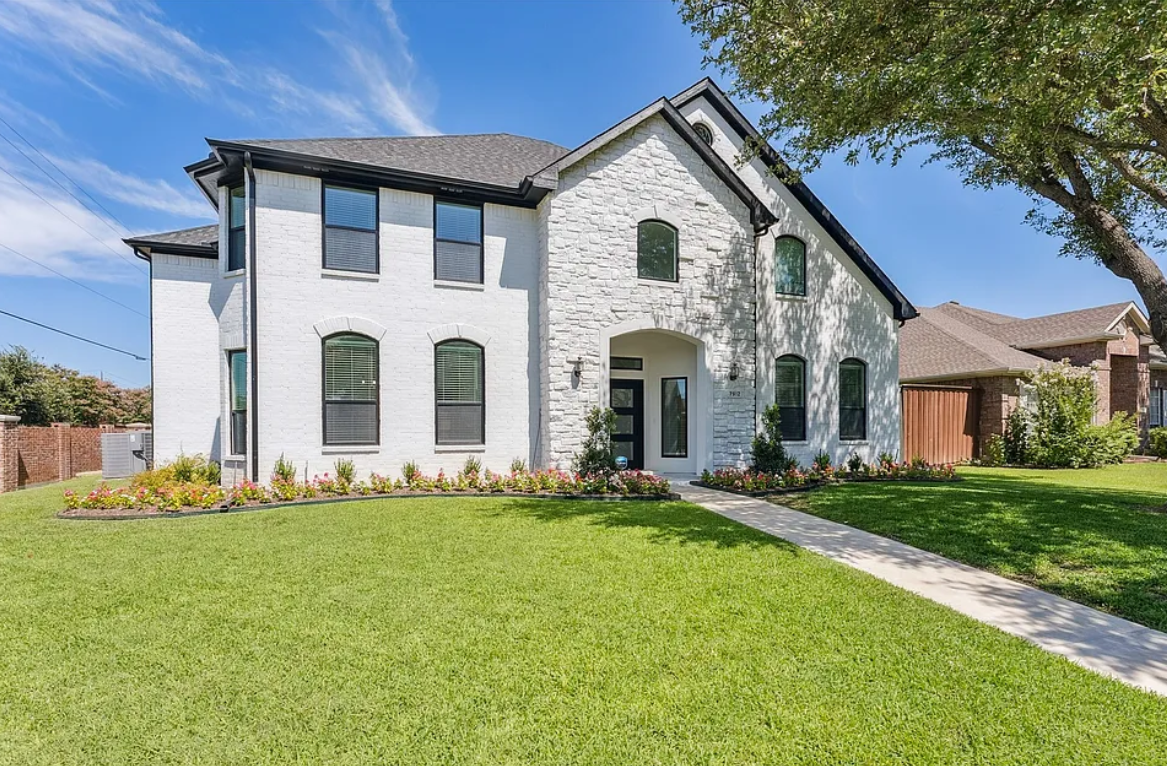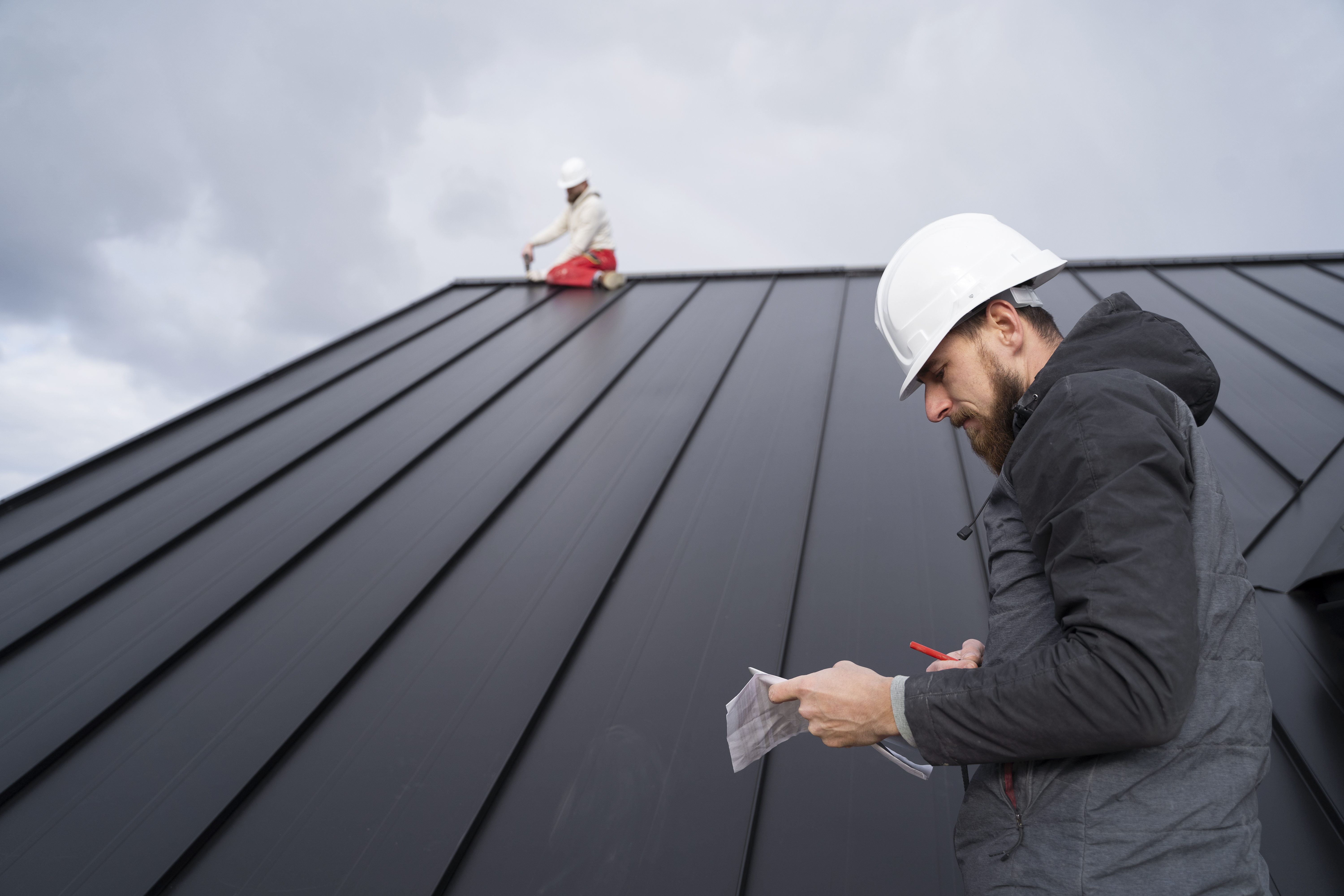There’s nothing more annoying than a leaking commercial roof as it protects your investment from the elements. Even if it may just seem like a small leak, it can cause some serious damage to your business, damage equipment, and jeopardize the well-being of employees or customers. While water stains on the ceiling or puddles may seem like a minor nuisance, these often signal larger problems. The first step in addressing your leaking commercial roof is to understand why it’s occurring.
In this blog post, we will break down what are some of the most common things that can cause commercial roof leaks, and how to fix them. Explore more below.
1. Inadequate Drainage and Water Pooling
The Problem:
Flat or low-pitched commercial roofs are more susceptible to poor drainage. When water can’t drain as it should, it pools, adding unnecessary weight, and accelerating wear on the roofing material. This pooled water can penetrate through tiny cracks or deteriorate the roof membrane over time.
The Fix:
Regular maintenance is key. Remove debris from drains, gutters, and scuppers for proper drainage. If the slope isn’t sufficient for drainage, you would have to install sloped insulation systems or more drains. If ponding is excessive, hire a roofing contractor like 911 Exteriors Roofing and Construction to evaluate the design of the roof and recommend changes.
2. Torn Roofing Membrane
The Problem:
Your roof membrane is the first line of defense against water penetration. It can be vulnerable to damage from foot traffic, adverse weather, UV light, or falling objects. Once they’re punctured or cracked, water gets in and you experience leaks.
The Fix:
Check the membrane often, particularly after storms. Small cracks or holes can usually be repaired with the application of compatible sealant products or membrane patches. It may require a partial or full membrane replacement for larger areas of damage. You may also want to consider adding protective walk pads to less high-traffic areas to minimize wear.
3. Aging Roof Materials
The Problem:
No roof will last forever. As a roof ages, it loses its elasticity, shrinks, cracks, or blisters. These are the changes that allow water to penetrate.
The Fix:
Regular inspections can help spot signs of aging before they become significant issues. Although repairs can serve as a temporary measure to extend the life of an old roof, an aging roof (usually at the 20 to 30-year mark, depending on the material) may be due for a replacement. Hire a professional to inspect your roof to determine whether it should be repaired or replaced.
4. Flashing Failures
The Problem:
Flashing is a metal or rubber material used to seal joints, seams, and transitions around vulnerable areas such as HVAC units, skylights, and vents. If not installed properly or replaced timely, it can separate from the roof and allow water to seep into your property.
The Fix:
Inspect flashing as needed during the course of regular planned maintenance. Secure loose nails and change rusted or brittle flashings. Apply a good quality sealant to match the roof material. The right technique and materials are needed for long-term performance in new installations.
5. Gutters and Downspouts Filled With Debris
The Problem:
Gutters and downspouts are engineered to divert water away from the building and roof. If they become clogged with leaves, dirt, or debris, water can pool and overflow onto the roof or into the building’s structure.
The Fix:
Regularly clean gutters and downspouts — especially in fall and spring. Gutter guards or screens can be installed to reduce clogging. Check for proper slope and alignment to allow water to flow away from the property.
6. Incorrect Roof Installation or Repair
The Problem:
Poor workmanship is another common cause of roof leaks. Things can go very wrong very quickly if the roof is not installed properly to the manufacturer’s specifications or industry best practices. This is true as well for false solutions: This can include shabby repairs that address symptoms but not causes.
The Fix:
Always work with seasoned, insured roofing professionals who have a history of commercial roofing experience. If you suspect that the roof was not properly installed or repaired in the past – hire a professional for inspection. It will save you from the expense of replacing poorly installed areas that ultimately are ruined.
7. Leaking HVAC and Roof Top Equipment
The Problem:
HVAC systems, satellite dishes, photovoltaic systems, and other rooftop modifications require penetrations of the roofing membrane. These spots are most susceptible to leaks, particularly if the equipment moves, is not well-sealed, or is in need of new gaskets and connections.
The Fix:
Constantly check rooftop equipment and the surroundings for water penetration. Ensure seals and gaskets are in working condition. When installing new equipment, have a roofer attend to proper flashing and sealing around penetrations.
8. Weather and Storm Damage
The Problem:
Roof damage from hail, high winds, and heavy rains can be devastating to your commercial building. Hail can puncture; wind can blow up edges; rain can take advantage of a weak spot. Snow and ice, too, can lead to freeze-thaw damage, and ice dams if allowed to accumulate without intervention.
The Fix:
Examine the roof after a major weather event — or schedule a roofing professional to do the same. Address any damages immediately before it becomes a major problem. Look into a weather security roof system and invest in a system that can withstand the climate prevalent in your location.
9. Neglected Maintenance
The Problem:
Many retail business owners go with a “don’t fix it if it ain’t broke” mentality. The bad news is that by the time a roof appears visibly damaged, it’s too late to avoid expensive repairs.
The Fix:
There is much more that you can get with just a simple analysis of when to perform required maintenance. Carry out proactive maintenance scheduling. Schedule biannual inspections and maintain documentation of roof conditions and funds for continued maintenance. It is generally much more cost-effective to maintain a roof than to have to deal with roof leaks, emergency repairs or to replace a roof system prematurely.
Trust 911 Exteriors Roofing and Construction for Commercial Roof Maintenance
If you notice your commercial roof leaking, or want to avoid leaking in the future then don’t wait. Get in touch with 911 Exteriors Roofing and Construction to plan an inspection and develop a plan that protects your investment for years to come. Contact us today for a FREE consultation!


